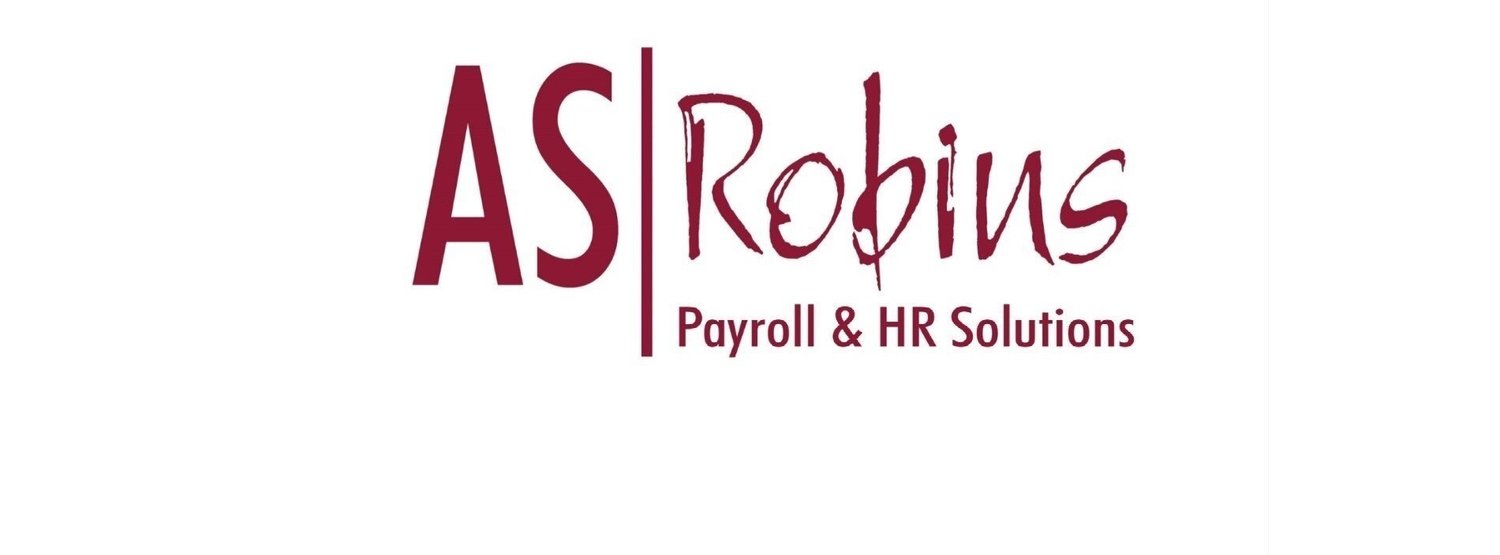Important Changes to Class 1 Employee NICs: A Comprehensive Guide for Employers
In a significant mid-tax year adjustment, the main rate of Class 1 employee National Insurance Contributions (NICs) is set to be reduced to 10% starting from January 6, 2024. This two-percentage point decrease brings about a notable change that can benefit both employees and employers. However, with the implementation date coinciding with the busy festive period, it's crucial for employers to make timely adjustments to their payroll systems to ensure a smooth transition.
Key Points for Employers:
1. Timely Payroll System Updates:
Employers and payroll service providers are encouraged to make the necessary changes to their payroll systems promptly. Those who successfully implement the updated rates in time will allow their employees to benefit from the reduced NI rate starting in January.
2. Reimbursement for Delayed Changes:
For employers who are unable to adjust their payroll systems in time, there is a provision for reimbursing the overpayment of NICs to employees in subsequent months. This ensures that employees ultimately receive the intended reduction, even if there's a delay in system updates.
3. Software and HMRC Tools Considerations:
It is imperative to ensure that payroll software is up to date. If utilising HM Revenue and Customs (HMRC’s) Basic PAYE Tools, employers should verify that they are using the most recent release for accurate calculations.
4. Recalculation for Directors:
Directors who have left within the 2023/24 tax year will need their NICs recalculated, considering the blended rate of Class 1 NICs. For directors remaining in employment, a shift to the cumulative calculation in the final pay period is recommended to ensure NICs are calculated using the blended rate.
5. Effective Communication:
Employers are encouraged to leverage this communication strategy to enhance employee awareness and understanding.
Conclusion:
As the reduced rate of Class 1 employee NICs comes into effect, employers need to navigate the complexities of mid-tax year changes. Timely software updates, recalculations for directors, and effective communication are key elements in ensuring a seamless transition and minimizing disruptions during this period. Employers who proactively address these considerations will not only benefit from smoother operations but also contribute to a more informed and satisfied workforce. For more detailed information on blended rates for directors, referring to relevant resources is recommended.

